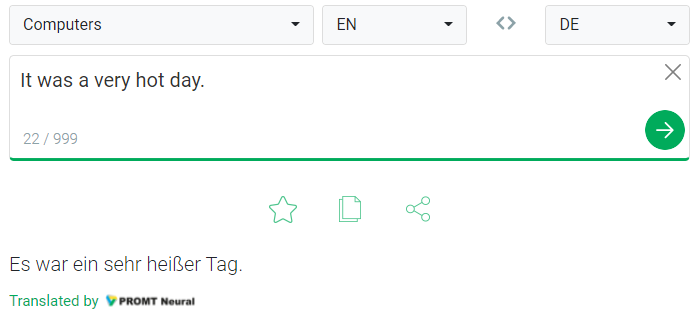Computer-Assisted Translation vs. Machine Translation
This post briefly explains the difference between computer-assisted translation (CAT) and machine translation (MT), two often confused translation approaches.
PREVIOUS POST < || > NEXT POST
Sometimes the terms CAT systems and MT systems are used synonymously. However, in fact, this is not the case. Let's try to find out how these systems differ from each other.
CAT systems
CAT systems are controlled by a human (translator) and help him translate the source text using
- a translation memory
- a terminology database
- quality control tools
- etc.
That means that the systems only help the translators to translate texts, but do not do the work for them. SDL Trados Studio described in this book is one of such CAT systems.
MT systems
MT systems are specialized computer programs that automatically translate texts from one natural language to another without the intervention of a translator. Below are some of these systems:
- PROMPT
- Google Translate
- DeepL
- Microsoft Translator
- Yandex Translate

The main advantages of machine translation systems are quick access to the system, high translation speed and low cost. The main disadvantage is that the quality of translations is not always high. As a rule, texts translated by MT tools require additional revisions.
PREVIOUS POST < || > NEXT POST